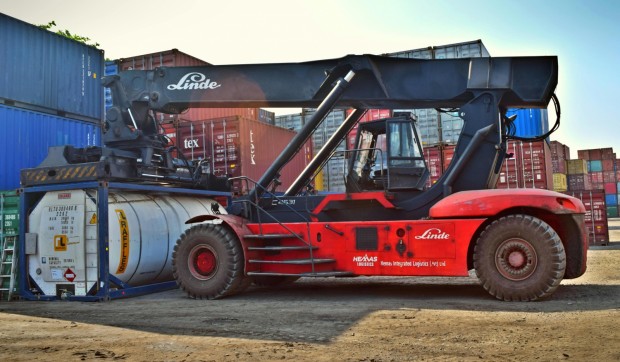Transporting heavy equipment across different countries involves meticulous planning and coordination within the construction industry. Typically, specialized transportation companies are employed to handle the logistics of moving heavy machinery, ensuring compliance with international regulations and safety standards.

(Photo : Pexels/Chanaka )
Review Equipment Dimensions and Safety Protocols
The widths, lengths, and weights of the different construction machines you utilize will vary. Ensure you have checked and rechecked all the details regarding your equipment before relocating it anywhere. Additionally, you should ensure that every team member is aware of the tasks for which they are responsible. You may require a spotter to provide hand signals to help the driver and someone to drive your machine into the trailer. Moreover, ensuring transparency regarding safety protocols is imperative in both the loading and discharge zones.
Make a Route Plan and Obtain Any Required Permits
By carefully planning your trip, you can increase the likelihood that your equipment will arrive at its destination without incident. Make an effort to select a minimally challenging route, paying particular attention to limited roads, bridges imposing weight restrictions, and overpasses. If your machines are more significant, obtaining specific permits may be necessary to ensure that everything complies with the law. You can also inquire about the required details by contacting your transportation provider.
Make A Risk Assessment
The transportation team's leader, typically a supervisor, creates a risk assessment document to demonstrate that this transfer has been meticulously planned to ensure the highest level of safety. This document should include a record of the equipment being moved, the means by which it is being moved, and the measures being taken to mitigate any inherent risks associated with this operation.
Get Safety Equipment
Personal protective equipment (PPE) is just one of the many things you need on the extensive list of tools you need to have to keep your crew and equipment safe during a relocation. After completing your risk assessment, you can examine the areas where your employees are most likely to sustain injuries. They can then be provided with PPE designed to reduce the risks they may encounter.
Also Read: 7 Strategies for Making Your Swimming Pool Childproof
Evaluate Your Transportation
The conveyance vehicle must be in good condition to ensure the safe journey of equipment, regardless of its distance in miles or hundreds. First, check that your vehicle or trailer has sufficient capacity to transport big machinery. Before you begin loading the equipment, perform a thorough inspection of the entire car, including the tires, brakes, lights, carrying bed, tie points, chains, binders, and blocking. This will ensure that no components require maintenance or replacement.
Install Safety Signs, Labels, and Lights on Transport Vehicles
You have probably observed that an oversized load on the highway is designated with large banners, signs, and many lights if you have ever witnessed one of these situations. When approaching and passing, these safety improvements make it clear to other drivers on the road that they should exercise caution. The transportation of enormous cargo may necessitate using one or more escort vehicles, which inform other drivers to ensure their and the driver's safety.
Run and Document Inspections While En Route
Every time you turn the key in the ignition, heavy freight's safe and legal transportation continues. Your heavy equipment should be regularly inspected and checked in while it is being transported to your location. This is especially important if you are traveling your heavy equipment over long distances.
Related Article: 5 Kinds of Heavy Equipment Utilized in Civil Construction







